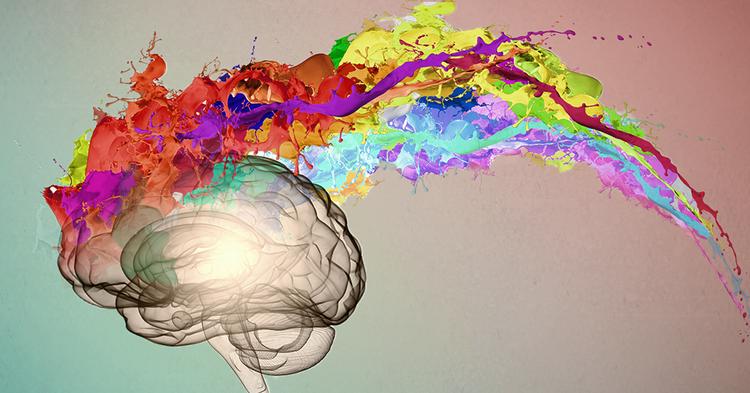The Rationality of Music
Photo Courtesy of the Lifeboat Foundation
November 12, 2020
The genealogy of music has been undefined, for the only reason of its existence can be traced back to a few theories. The first theory was created by Charles Darwin, National Geographic stated in the Article Why Did Humans Invent Music, that he “believed music was created as a sexual come-on.” Another theory suggests quite simply that is just another way to bring humans close together.
Music has the ability to change the mood of a person as endorphins are released from the brain. When they are released, they give a sense of pleasure to the body and act in similar terms to a drug. Equivalent to painkillers, music can also activate the opioid receptors as the endorphins are released to the brain and can help lessen discomfort, stress, pain, and even increase pleasure.
Ever wonder why we sing lullaby songs to babies? The simple answer to this question can be found by the simple fact that music is primarily used as a mood control. It solely changes the mood of the child from a more tense to soothing atmosphere. What about when working out? Music can increase heart rates, allowing one to unintentionally increase the intensity of the workout. A study published in the National Library of Medicine found that cyclists who listened to upbeat music pedalled faster and longer than the performance of those who did not listen to music while cycling.
The mood of any room can be changed by the tune of the music… Picture yourself at a middle school dance. When the music has a fast tempo and is well known, the people jump and yell the words, but when the music becomes slow and soft, everyone gets quiet and the mood changes. People will then begin to sway rather than jump. Not only does the mood change of the song, but people act differently. Their heart rates might increase due to nerves and many hands begin to sweat as the pressure increases of asking the right person to dance.
In addition to the fact that music can be associated with emotions and moods, a color can also be connected through what is called chromesthesia. Chromesthesia is a common type of synthesis in which music involuntarily creates a color that appears in one’s mind. Thinking back to the setting of the middle school dance, many people will think of the loud upbeat music as a specific warm color, most likely being red. On the other hand, the slower music will have a cooler color such as a blue. Owing to the fact that emotion is related to music and each is related color, a complete cycle is created by a specific color being assigned to each individual song.
There are many other reasons behind listening to music. It can be used as a way of studying because the repetition of lyrics, melodies, or rhythms can help one create patterns that strengthen memory. Another purpose behind music is singing which can be used as a way of worship or praise in terms of religion. In addition, music has brought entertainment to many people whether it’s through plays, poems, radios, dances, or musicals on television.
The usage of music is not brought back to one date in particular, but it rather originates through people as a way of expressing emotions. From the 1830-1900s, the romance music period matured, as a reaction to the progress in the Industrial Revolution. People began to express their feelings of joy, happiness, and hope in terms of music. The more people advance in communicating their feelings, the deeper the change in music becomes.




